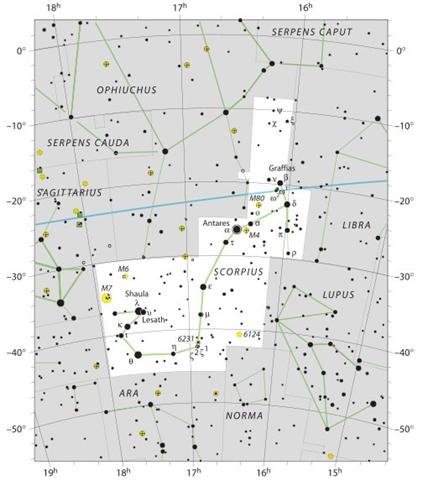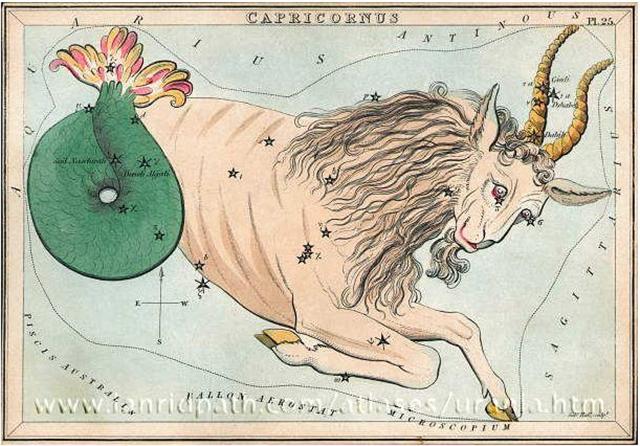There remains to discuss what Metoro could have meant with his te maitaki at Ca3-22:
Here there is evidently no comment beyond what can be seen, because Metoro normally used maitaki to describe this type of glyph:
The basic meaning of maitaki seems to be clean, beautiful, and good, - like a little newborn baby held high for everyone to see. This positive pole can be possibly be contrasted with hata on the other side of the perfect and beautiful henua. This henua is not a dark raaraa like that at the end of the 2nd hour but instead the proper sign for a season bathing in light from the strong spring sun. 5h (76.1) occurs in June 5.
Perhaps the 'newborn good one' always arrives before the 'old ugly one' leaves. Such a message is maybe delivered by the legs in Ca2-10 contra the absence of such in Ca3-25.
The frontal 'wing' of Rogo is powerfully drawn down in front and no light can enter. There are 2 faces (mata) on a kea type of glyph and maitaki in Ca3-22 has a Sign in form of only 2 mata with a 'straw' in between, a string for measuring:
... All the natives of the South Sea islands are great swimmers. Both men, women and children could almost be called amphibians, because they spend a good portion of their day swimming, diving, bathing and doing all those and similar sports in the midst of the breakers and the surging sea rolling in over the coral banks. The more the sea is heaving, the more the islander feels at home in this his right element. These islanders seem to be very fond of children, especially their neighbours', which they until quite recently did not hesitate to eat. That, in addition to the repulsive murder of their own children, especially as regards girls, results in a quite considerable reduction in their number. But otherwise the children are as merry and free from sorrow as their parents. They learn to swim almost as soon as they begin to walk. The children are very amused by swinging and by sending up paper kites. They also have a rather peculiar game, which consists of keeping their eyes wide open with the help of a stiff straw of grass pushing their eye-lids apart ... I have 'measured' (counted): 73 (Ca3-22) + 181 = 254 and found ε Scorpii, a star named Wei in China.
... In China the 2d-magnitude star ε, with μ, ζ, η, θ, ι, κ, υ, and λ, formed the 17th sieu, Wei, the Tail, anciently known as Mi and as Vi, μ being the determinant; but, although this Tail coincided with that part of our Scorpion, Brown thinks that reference is rather made to the tail of the Azure Dragon, one of the quadripartite divisions of the Chinese zodiac which lay here ...
We should also measure the distance forward to Cb8-24, the only other similar such glyph:
However, at first I could not detect any obvious 'number yoke'. 73 + 154 (from Gb8-24 to the end of side b) = 227 could be a sign alluding to 22 / 7 = π, but that is not very remarkable. 319 - 194 = 125 (= 5 * 5 * 5), does not add much. But possibly 319 + 194 = 513 = 19 * 27 was intentional. I decide to make a final effort. Experience has taught me there always is exquisite order (cosmos) in true rongorongo texts. 587 (Cb8-24) - 73 (Ca3-22) = 514 and there could be a point of turning around at glyph number 73 + 514 / 2 = 330 (one more than 329). This glyph is the triple-horned vai in Ca12-14:
There seems to have been a great 'bi-valve' in time with its hinge in February 14 (2-14), in Gregorian day 45, when the tail (deneb) of Capricornus rose heliacally:
This Goat is moving downwards in contrast to the Sea Beast who is going upwards:
From Deneb Kaitos (9.4) rising in spring to Deneb Algiedi (329.8) there are 320 days, leaving only 45 days to the end of the year. | ||||||||||||||||||||||||||||||||||||||||||||||||||||||||||||||||||||||||||||||||||||||||||||||||||||||||||||||||||||||||||||||||||||||||||||||||||||||||||||||||||||||||||||||||||












